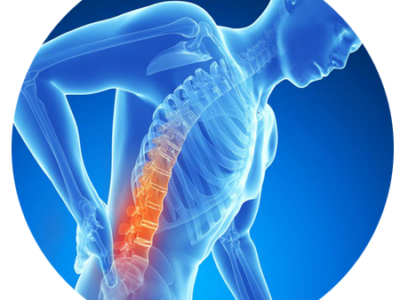Smoking Cessation to Help with Chronic Pain
Millions of people around the country suffer from chronic pain. Some of them are also smokers, which is likely making their pain worse. Being able to quit smoking may bring some pain relief to those who smoke. Many people who smoke struggle with successful ways to leave the addictive habit behind, but increasingly there are options studied that provide programs to provide help. The more we know about the variety of ways to help kick the habit, the better we will be in reducing our chronic pain.
In the October 2019 issue of the journal Pain, researchers shared information regarding a comparison done between smokers and nonsmokers on pain intensity, physical function, sleep, and psychological and mood variables (1). The study showed that smokers reported significantly worse pain intensities, pain interference, pain behaviors, physical functioning, fatigue, sleep-related impairment, sleep disturbances, anger, emotional support, depression, and anxiety compared to those who were not smokers. Additionally, the researchers pointed out that smoking was associated with poor recovery and improvement, and they recommended that those who assist people with chronic pain need to find optimal treatments to help with smoking cessation.
Many people try to quit smoking on their own but find that the struggle is too difficult. Others turn to products that promise a quick fix to the problem, and they still come up short. Those with chronic pain who want to quit smoking may have more success by turning to a smoking cessation program that will provide them with the guidance and support that they need.
While there are numerous smoking cessation programs available, there is a new one that researchers shared information about in the August 2021 issue of the journal Contemporary Clinical Trials Communications (2). The Pain and Smoking Study (PASS) is a clinical trial that provided veterans who have chronic pain and smoke with a smoking cessation program. The program was delivered through telephone counseling, and focused on motivational interviewing, craving, relapse management, rewards, and nicotine replacement therapy.
There were 371 veterans who participated in the study, with 88% of them being male, and the median number of cigarettes smoked per day was 15. They were each assessed at the beginning of the program, as well as at the 6-month period, and after one year of being in the program. The program provided guidance regarding coping strategies for both smoking cessation and pain self-management.
Such programs provide an option for those who have chronic pain and are smokers, and are interested in quitting. Veterans may be able to get the guidance they need from PASS, which was created with them in mind. This is just one more smoking cessation tool that is available that may help bring some chronic pain relief.
Sources:
- Pain. Effects of smoking on patients with chronic pain. October 2019. https://journals.lww.com/pain/Abstract/2019/10000/Effects_of_smoking_on_patients_with_chronic_pain_.22.aspx
- Contemporary Clinical Trials Communications. Pain and smoking study (PASS). August. 2021. https://pubmed.ncbi.nlm.nih.gov/34485755/







